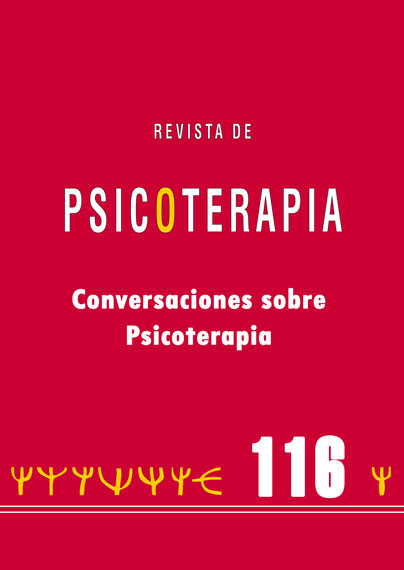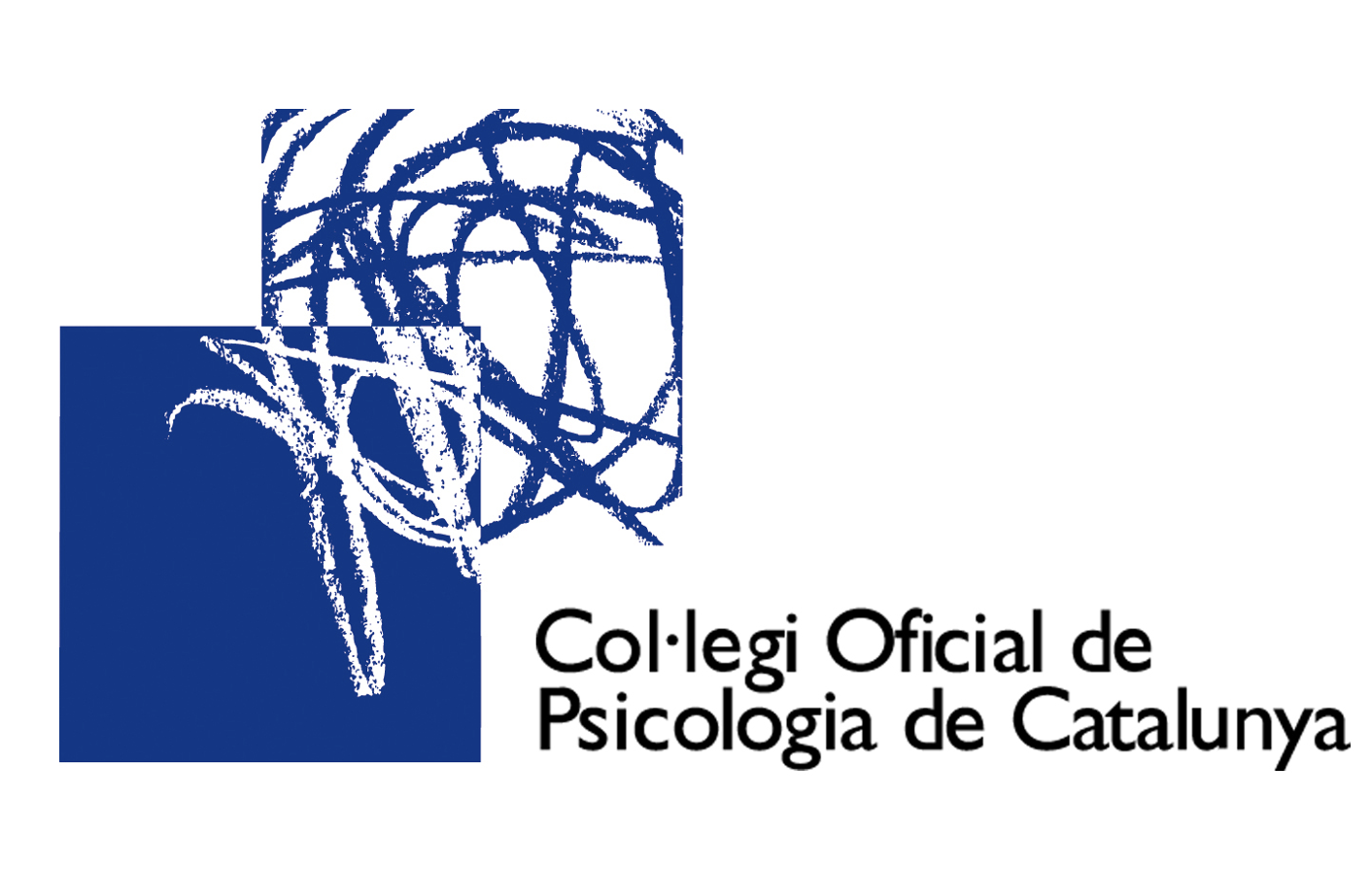Psychotherapy in its Labyrinth
DOI:
https://doi.org/10.33898/rdp.v31i116.405Keywords:
psychotherapy models, therapeutic efficiencia, psychotherapy integration modelos de psicoterapia, eficiencia terapéutica, integración., psychotherapy models, therapeutic efficiencia, psychotherapy integration, psychotherapyAbstract
The article addresses the strengths and weakness of the current field of psychotherapy. Therefore, a historical journey is presented, which permits to analyze the evolution of the discipline as well as an analysis of the circumstances that favor and threaten its development. The identified strengths revolve around the demonstrated efficiency and the theoretical-technical versatility. The threat focuses on pseudo-scientific procedures and the excessive consumption of psychotropic drugs. The social recognition and dissemination that psychotherapy achieved throughout 100 years, ended up generating a highly fragmented territory, around 4 major theoretical approaches and several hundred of therapeutic approaches. This fragmentation is a source of confusion and the most significant obstacle to its development. Integration is the most reasonable and necessary way to overcome the limitations. A range of situations are described that illustrate principles of integration that have already been achieved, and three fundamental guidelines that can be followed in order to consolidate the path towards integration.
Downloads
Downloads
Additional Files
Published
How to Cite
Issue
Section
License
Authors who publish in this journal accept the following conditions:
-
Authors retain copyright and grant the journal the right of first publication, with the work registered under the Creative Commons CC-BY-NC 4.0 International license. This license allows third parties to cite the text and use it without alteration and for non-commercial purposes, provided they credit the authorship of the work and its first publication in this journal.
-
Authors may enter into other independent and additional contractual agreements for the non-exclusive distribution of the version of the article published in this journal (e.g., including it in an institutional repository or publishing it in a book), provided they clearly indicate that the work was first published in this journal.
-
The views expressed in the articles are solely the responsibility of the authors and in no case do they reflect the opinions or scientific policies of the journal.









